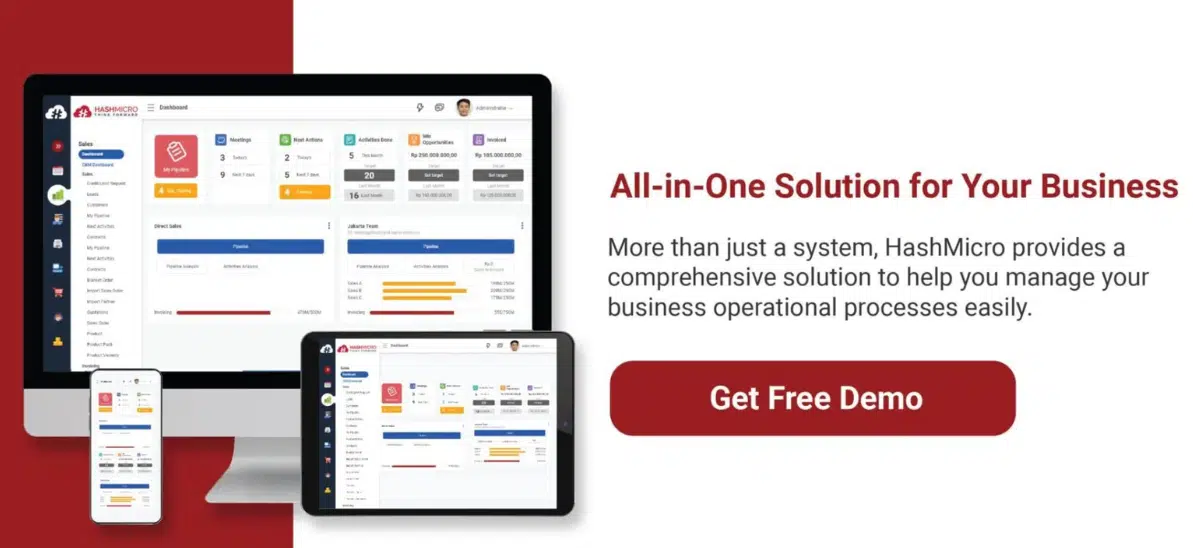An inventory audit is when you or the auditors use analytical procedures to examine a company’s inventory methods. It also ensures that the financial records and actual item quantities match.
In addition, it helps in maintaining inventory accuracy, helps find the immediate cause of inventory shrinkage if any, and helps ensure that there is the right amount of stock in the company at the right time.
Therefore, purchasing software will help you plan inventory costs, control the procurement of goods, and manage orders better.
Table of Content:
Table of Content
Key Takeaways
|
Why Is Inventory Audit Essential for Business?
An efficient inventory management process can reduce the frequency, length, and complexity of audits. Using technology that keeps inventory counts synchronized in real time is more efficient than using manual methods like Excel.
It is vital to carry out an inventory audit to maintain inventory accuracy, find the cause of depreciation, and ensure that you always have the right amount of stock at the right time. So that a better understanding of stock-flow will also help ensure the business runs smoothly, as you will know what products you have.
Benefits of Inventory Audit
1. Calculate profit
Inventory audits can help businesses calculate accurate profits due to the achievement of inventory accounting accuracy. Tracking and accounting for changes in inventory value over time related to manufacturing and the cost of goods sold can drastically affect your accounting records.
An inventory audit and asset audit can prevent inventory shrinkage and identify expensive, slow-moving products. Moreover, adding the accounting system to your inventory management system will help you analyze inventory costs and forecast the profit and loss generated from each product.
2. Make a budget accurately
When a business doesn’t have accurate tracking inventory values, it can be difficult to budget for the next batch of inventory that needs to be purchased. So, an inventory audit can help you budget better and more accurately when you know the right amount of inventory and how much stock to keep.
3. Find inefficiencies
You can find inefficiencies, including inventory that doesn’t sell quickly, SKUs that run out fast and lead to frequent out-of-stocks, inaccuracies with inventory tracking or storage techniques, and other operational errors.
Use this information to increase your business’s financial effectiveness, stopping products that fail and optimizing other areas of your supply chain, from factories to warehouse locations.
4. Optimize your inventory storage
Storage costs are the sum of all costs with holding inventory. For example, it includes warehousing, labor, insurance, and rent, combined with the value of damaged, expired products. The longer you keep the list and the more stock you can’t use, the more expenses you’ll have.

Challenges in Inventory Audits
Inventory audits are crucial, but many businesses face issues like manual errors, stock discrepancies, and inefficiencies. Without proper systems, these challenges can lead to financial losses and operational setbacks. Here are the key obstacles businesses must overcome:
-
Human errors in manual tracking
Many businesses still rely on spreadsheets for inventory management, which is prone to human errors such as incorrect data entry, duplicate records, or misplaced stock counts. These mistakes can cause discrepancies between actual stock levels and recorded inventory, leading to financial misstatements and operational inefficiencies. -
Damaged or lost inventory
Without real-time monitoring, businesses may not immediately detect damaged, expired, or missing stock. This can result in financial losses due to stock write-offs and inaccurate profit calculations. Additionally, failure to track inventory conditions properly may lead to unnecessary overstocking or understocking. -
Errors in shipping and receiving
Miscalculations during shipping and receiving processes can create stock mismatches, causing businesses to struggle with inventory shortages or surplus. Inaccurate shipments may also lead to dissatisfied customers, delayed deliveries, and increased operational costs. -
Inventory shrinkage and security risks
Shrinkage caused by theft, misplacement, or fraud is another challenge in inventory audits. Without a proper tracking system, businesses may struggle to identify shrinkage sources and take corrective actions. This can significantly impact profitability and disrupt stock availability. -
Inefficient inventory management systems
Traditional inventory tracking methods lack real-time visibility, making it hard to optimize stock levels. Businesses that do not integrate inventory management software may experience frequent audit complexities, increased labor costs, and delays in stock reconciliation. -
Regulatory compliance issues
For businesses in regulated industries, inventory mismanagement can lead to non-compliance with financial and tax regulations. Errors in stock valuation or reporting can result in penalties, audits, or financial restatements that negatively affect the company’s credibility.
This is what makes enterprise companies no longer use spreadsheets for stock management. They switched to using inventory management software to automate this process, minimizing the possibility of human error and increasing company profits.
How Does Inventory Software Help Inventory Audits?
Inventory management software monitors and maintains goods stored by a company. These items can be company assets, raw materials, or finished products ready to be shipped to clients or end consumers.
Ensure your company leverages technology to help speed up the audit process. Some examples are using barcode scanners to help physically count each item or data provided by integrating cloud based inventory management systems with accounting software to generate insights for auditors.
In addition, the automated solution can also simplify complex inventory management processes. For example, inventory checking, managing thousands of SKUs, calculating inventory values, predicting inventory needs, and inventory auditing.
In this way, business people can easily monitor what items are selling, such as where they are selling well and when customers are overrunning them. It also makes it easier for business owners to predict the amount of supply and demand. You can get the real-time status of inventory and speed up audits.
Conclusion
Using inventory management software from HashMicro can help entrepreneurs manage various existing business processes because the software is integrated with other system software, such as accounting software, purchasing software, or manufacturing software.
Therefore, sophisticated inventory management software enables entrepreneurs to manage stock in multiple locations or warehouses anytime and anywhere.
Stay ahead of inventory challenges and streamline your operations effortlessly. Try the free demo now and experience smarter inventory management today! No more manual errors or wasted resources just seamless, efficient inventory control that grows with your business.

FAQ about Inventory Audit
-
What is an inventory audit?
An inventory audit is the process of examining a company’s inventory methods to ensure that recorded stock levels match actual item quantities, preventing discrepancies and improving accuracy.Why is an inventory audit essential for businesses?
Inventory audits help businesses maintain stock accuracy, reduce shrinkage, and optimize inventory control, ensuring smooth operations and reliable financial reporting.What are the common challenges in inventory audits?
Manual tracking errors, stock discrepancies, and inefficiencies make audits complex, highlighting the need for automated inventory management solutions.




































